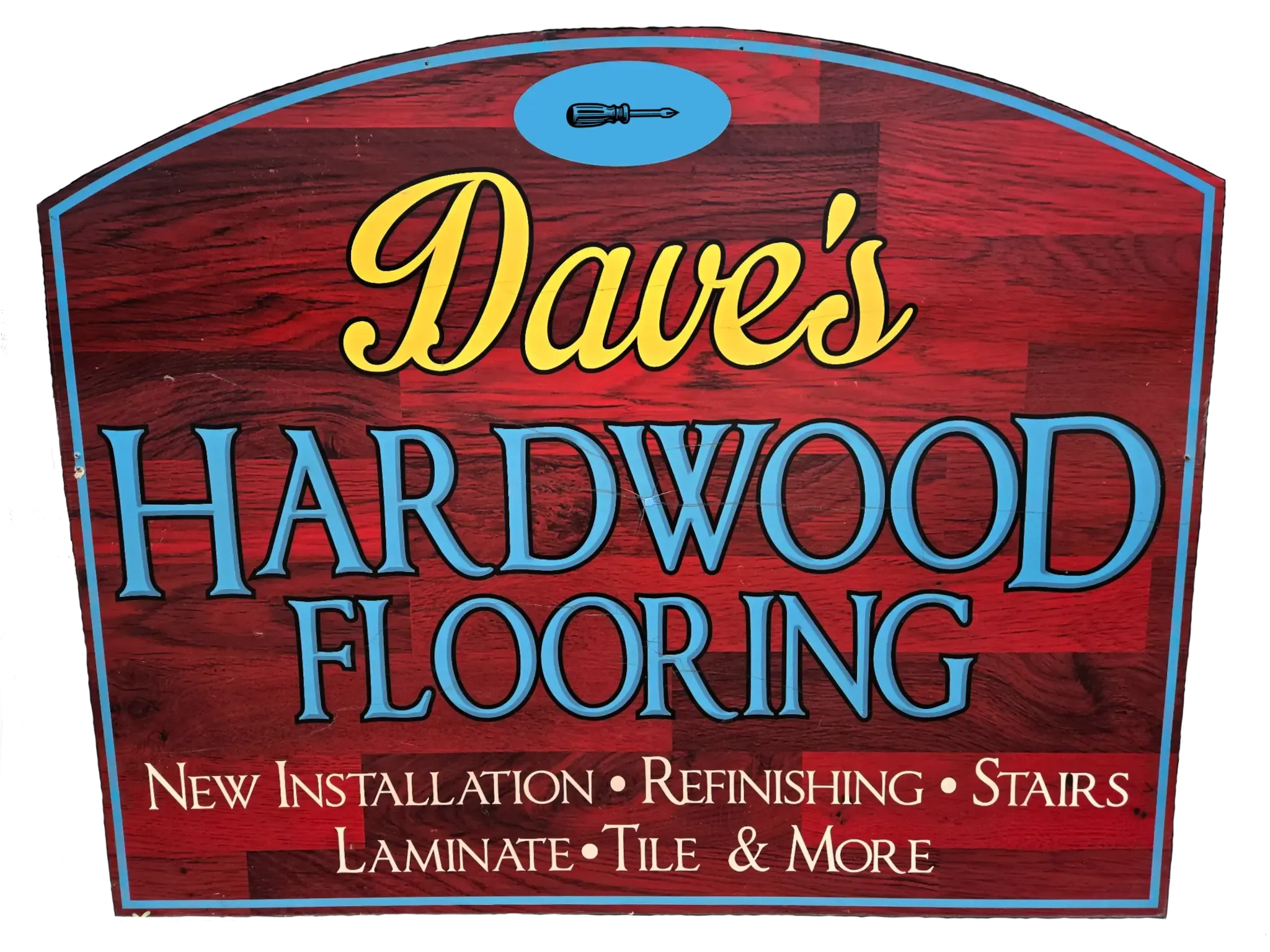Hardwood Floor Installation
Hardwood floor installation is the process of laying new hardwood
flooring in a home or commercial space. This involves preparing the
subfloor, installing the hardwood planks, and finishing the floor to
protect and enhance its appearance. Hardwood floors are a popular
choice for their durability, beauty, and increased property value.
Benefits of hardwood floor installation:
-
Durability: Hardwood floors are known for their longevity and
resistance to wear and tear.
-
Beauty: Hardwood floors offer a natural and elegant look that can
complement any interior design style.
-
Increased property value: Hardwood floors can significantly increase
the value of a home or commercial property.
-
Comfort: Hardwood floors provide a comfortable and warm surface for
walking and sitting.
-
Customization: Hardwood floors come in a wide variety of species,
colors, and finishes to suit your personal preferences.
The installation process typically involves:
-
Subfloor preparation: Ensuring the subfloor is level and free of any
defects.
-
Installation: Laying the hardwood planks according to the chosen
pattern (e.g., herringbone, chevron, or straight).
-
Finishing: Applying a protective finish, such as polyurethane or
varnish, to seal the wood and enhance its appearance.
Dustless Floor Refinishing: A Cleaner, More Efficient Approach
When it comes to restoring hardwood floors, the traditional sanding
method can be messy and time-consuming due to the significant amount
of dust it generates. That's why dustless floor refinishing has become
a popular alternative.
This innovative process involves using specialized equipment to
minimize dust particles, making it a cleaner and more environmentally
friendly option. Here's a breakdown of the steps involved:
-
Preparation: The floor is thoroughly cleaned to remove any dirt or
debris.
-
Sanding: Using specialized sanding equipment, the top layers of the
floor are removed to reveal the fresh hardwood beneath.
-
Staining: The exposed wood can be stained to achieve your desired
color or finish.
-
Sealing: Multiple coats of a high-quality sealant are applied to
protect the floor and enhance its appearance.
The key advantage of dustless refinishing is its ability to
significantly reduce dust and airborne particles. This not only
creates a healthier environment but also minimizes cleanup time and
effort.
If you're looking to restore your hardwood floors with a cleaner, more
efficient method, dustless refinishing is an excellent choice.
Stair and Railing Finishing and Installation
Stair and railing finishing and installation involves the process of
creating beautiful, functional, and safe stairways in residential or
commercial settings. This service encompasses the following:
Installation: Installing new stair treads, risers, and handrails.
-
Finishing: Applying protective finishes, such as stains or paints,
to enhance the appearance of the stairs and railings.
-
Repair: Restoring damaged or worn stairs and railings to their
original condition.
-
Customization: Tailoring the design and materials of the stairs and
railings to match your specific needs and preferences.
Benefits of stair and railing finishing and installation:
-
Safety: Well-installed stairs and railings provide a safe and stable
means of accessing different levels of a building.
-
Aesthetics: Stairways and railings can be a focal point in a room,
adding beauty and character.
-
Durability: Properly finished stairs and railings can withstand
heavy use and last for many years.
-
Increased property value: Upgraded stairways and railings can
significantly increase the value of a property.
Common materials used for stairs and railings include:
- Hardwood (e.g., oak, maple, cherry)
- Metal (e.g., iron, steel, stainless steel)
- Glass
- Composite materials
Luxury Vinyl Flooring Installation
Luxury vinyl flooring is a high-quality, durable, and stylish flooring
option that mimics the appearance of natural materials like hardwood,
stone, and tile. It's a popular choice for both residential and
commercial spaces due to its versatility, ease of maintenance, and
water resistance.
Luxury vinyl flooring installation involves laying the vinyl planks or
tiles on a prepared subfloor. The process typically includes:
-
Subfloor preparation: Ensuring the subfloor is level, clean, and
free of any defects.
-
Installation: Laying the vinyl planks or tiles according to the
chosen pattern (e.g., straight, herringbone, chevron).
-
Trimming and finishing: Cutting the vinyl to fit around obstacles
and applying trim pieces to complete the installation.
Benefits of luxury vinyl flooring:
- Durability: Resistant to scratches, stains, and dents.
-
Water resistance: Ideal for areas prone to moisture, such as
kitchens and bathrooms.
-
Variety of styles: Available in a wide range of colors, textures,
and patterns to match any design aesthetic.
- Easy maintenance: Requires minimal cleaning and upkeep.
-
Cost-effective: Often more affordable than natural materials like
hardwood or stone.
